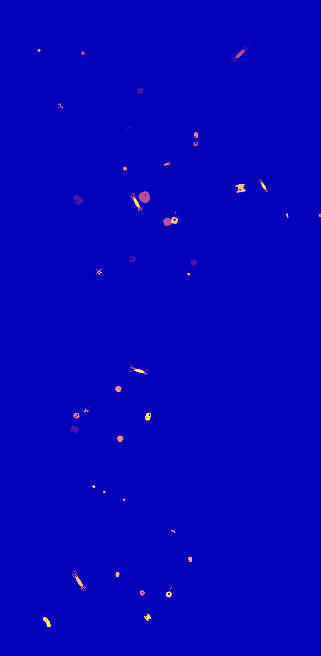Climate puts eyes on microbes
 The impacts of a changing climate are often measured via its larger inhabitants: scrawny polar bears, bleached coral, dwindling catch in fishing nets.
The impacts of a changing climate are often measured via its larger inhabitants: scrawny polar bears, bleached coral, dwindling catch in fishing nets.
However, scientists are now looking to the tiniest life forms - microscopic marine organisms for signs of a shift.
Marine microbes form the foundational building blocks of the underwater food-web, and are estimated to consume almost 50 per cent of the Earth’s carbon dioxide through the process of photosynthesis.
Because they are invisible to the naked eye, the health and movement of marine microbes that drift as part of the plankton is difficult to picture for scientists.
Now, an online citizen science project called Adrift is connecting the public with the lives of microscopic marine microbes as they are propelled around the globe by ocean currents, with temperature and nutrient availability changing along the way.
“We want to give people a view of what conditions microbes experience in different parts of the ocean, to provide clues about their capacity to adapt to the relatively fast pace of human-induced changes in ocean conditions,” says lead researcher and biological oceanographer Professor Martina Doblin from the University of Technology Sydney.
“So, as they’re drifting in different surface currents, microbes experience diverse conditions along their paths.
“Scientists can’t be in the ocean to look at the plankton in all these places, so we have created a method to visualise their experience based on ocean simulations.”
Data visualisation expert Professor Kate Sweetapple says that Adrift is unique in the way that it visually maps and summarises the specific conditions for plankton in any given location in the ocean.
“Adrift allows citizen scientists to virtually 'drop’ microbes into the global ocean,” she said.
“The data produced by participants includes the geographic path travelled, and variations in temperature and nutrients experienced by the microbes.”
Using visual tools participants can learn about, map and record these variations, enabling researchers to identify areas of the ocean where real-life microbes are experiencing the most extreme changes along their drift paths.
“It’s a great entry point for students and citizens to get involved and begin to understand the challenges of living in the ocean today,” says Prof Sweetapple.








 Print
Print